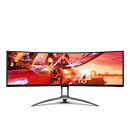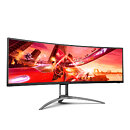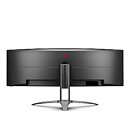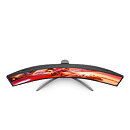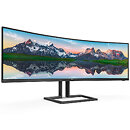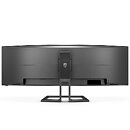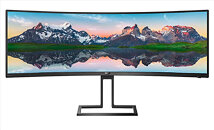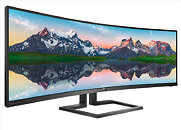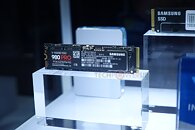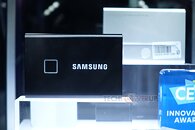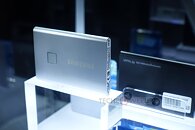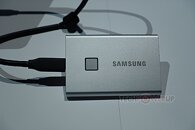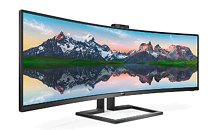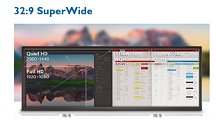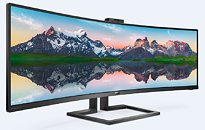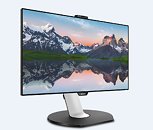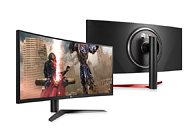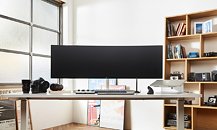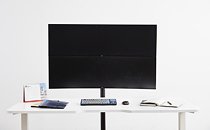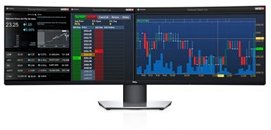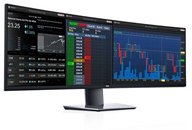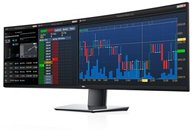
Philips Announces Evnia 49M2C8900L QD-OLED Ultrawide Monitor
This new Evnia gaming monitor is stacked with visual power. Philips Monitors introduces its latest addition to the premium Evnia 8000 monitor series. The Philips Evnia 49M2C8900L is jam-packed with powerful features like a 48.9-inch (124.3 cm) QD-OLED panel, a 32:9 SuperWide aspect ratio, 5120 x 1440 resolution, 144 Hz refresh rate, Ambiglow lighting, and DTS Sound. All in all, this monitor is made for all kinds of game genres, but its visual fidelity is what makes it stand out.
A hallmark feature of the Philips Evnia 49M2C8900L is the QD-OLED panel. Certified with VESA DisplayHDR True Black 400 for an exceptional HDR experience, and certified with VESA ClearMR 8000 for butter-smooth gameplay, visuals on this monitor are assured to be rich in colour, sharp and blur-free. Furthermore, the SuperWide (32:9) QD-OLED panel, when combined with the monitor's 1800R curvature, provides a high-quality and immersive adventure to all gamers. With a 10-bit colour depth, supreme sRGB colour accuracy (DeltaE < 2) and a high gamut coverage (99% DCI-P3), the Evnia monitor reproduces vibrant, true-to-life colours. The large screen is like having two 16:9 QHD monitors side by side and allows gamers to play on a singular screen instead of a dual-monitor setup; thereby creating a more seamless and smooth usage.
A hallmark feature of the Philips Evnia 49M2C8900L is the QD-OLED panel. Certified with VESA DisplayHDR True Black 400 for an exceptional HDR experience, and certified with VESA ClearMR 8000 for butter-smooth gameplay, visuals on this monitor are assured to be rich in colour, sharp and blur-free. Furthermore, the SuperWide (32:9) QD-OLED panel, when combined with the monitor's 1800R curvature, provides a high-quality and immersive adventure to all gamers. With a 10-bit colour depth, supreme sRGB colour accuracy (DeltaE < 2) and a high gamut coverage (99% DCI-P3), the Evnia monitor reproduces vibrant, true-to-life colours. The large screen is like having two 16:9 QHD monitors side by side and allows gamers to play on a singular screen instead of a dual-monitor setup; thereby creating a more seamless and smooth usage.




































































